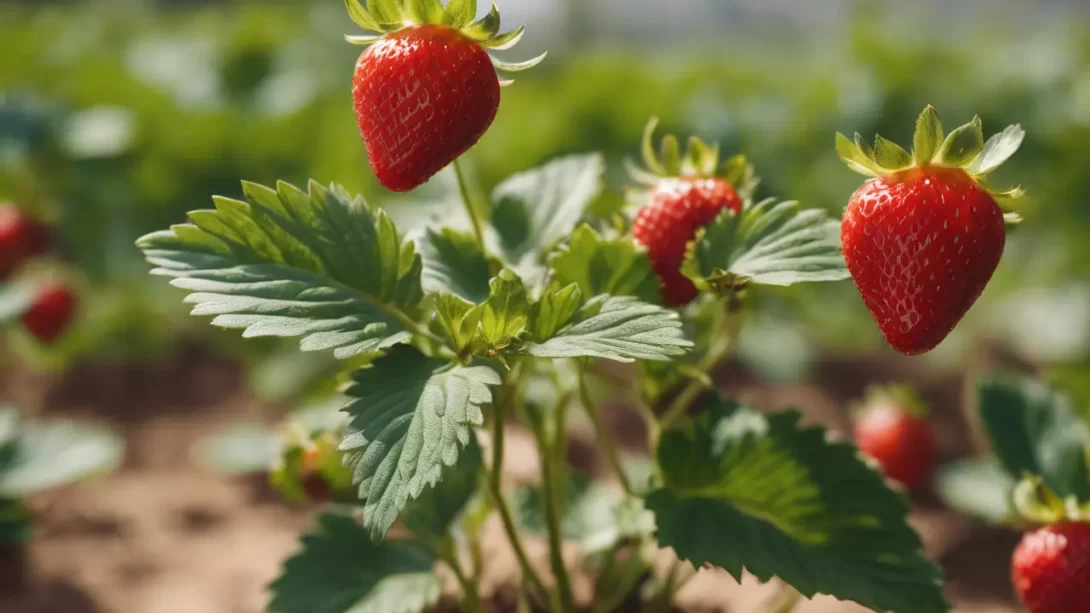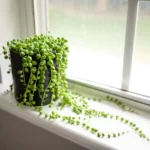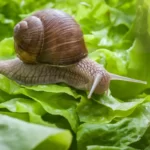Strawberries are a cherished crop in Alabama’s home gardens, known for their sweet flavor and versatility. Successful strawberry cultivation in this region largely depends on planting at the right time. This guide aims to help Alabama gardeners determine the best schedule for planting strawberries, considering the state’s specific climate nuances.
Alabama’s Climate
Alabama’s climate, classified as humid subtropical, is characterized by hot summers and mild winters. This climate affects the growth and productivity of strawberry plants. The state is segmented into different USDA hardiness zones, and these zones influence the ideal planting times for strawberries. Understanding your specific zone is vital, as it affects when your strawberry plants will flourish best.
The varied climate across Alabama means that the growing season can start earlier and extend longer than in more northern regions, providing a favorable environment for growing strawberries.
Best Planting Times for Strawberries in Alabama
In Alabama, the optimal time to plant strawberries is in the fall, typically from late September to early November. This timing allows the plants to establish themselves before the onset of winter and be ready to produce fruit in the spring.
Planting strawberries in the fall has several advantages. The cooler temperatures and increased rainfall during this season support the establishment of strong root systems, which is crucial for healthy growth and abundant berry production in the following spring and summer.
For gardeners in the northern parts of Alabama, the best planting window is closer to early October, as temperatures cool down later in the season. In southern Alabama, where the climate is milder, planting can begin as early as late September.
Selecting Strawberry Varieties for Alabama
Choosing the right strawberry varieties is crucial for a successful harvest in Alabama’s climate. Strawberry varieties are generally categorized as June-bearing, everbearing, and day-neutral. June-bearing varieties, such as ‘Chandler’ and ‘Camarosa’, produce a large, concentrated crop in late spring and early summer and are well-suited to Alabama’s spring climate.
Everbearing varieties like ‘Ozark Beauty’ and day-neutral varieties such as ‘Tristar’ produce smaller but continuous harvests throughout the growing season. These types are ideal for gardeners who prefer a steady supply of berries over a longer period.
When selecting strawberry varieties, consider factors like flavor, berry size, and resistance to local pests and diseases. It’s also important to choose varieties that are known to perform well in Alabama’s humid and often hot climate.
Preparing the Soil and Choosing a Planting Site
Strawberries thrive in well-drained, loamy soil with a slightly acidic pH, ideally between 5.5 and 6.8. Before planting, enrich the soil with organic matter such as compost or well-rotted manure to improve fertility and structure. Conducting a soil test can provide insights into any necessary amendments.
Choose a sunny location for your strawberry bed, as strawberries require at least six to eight hours of sunlight per day. Ensure the site has good air circulation and is not prone to waterlogging, as strawberries are susceptible to root diseases in overly moist conditions.
Planting Techniques for Strawberries
When planting strawberries in Alabama, it’s important to consider the spacing and depth to ensure healthy growth. Plant the strawberries so that the crown (the part of the plant where the roots meet the stems) is at soil level, and the roots are fully buried but not too deep.
Space the plants about 18 to 24 inches apart in rows that are spaced 3 to 4 feet apart. This spacing allows for adequate air circulation and room for runners, which are horizontal stems that grow out from the main plant and can form new strawberry plants.
After planting, water the strawberry plants thoroughly to settle the soil around the roots. Applying a layer of mulch around the plants can help retain moisture, suppress weeds, and protect the plants during colder temperatures.
Care and Maintenance of Strawberry Plants
Effective care and maintenance are essential for thriving strawberry plants in Alabama. Regular watering is crucial, especially during the establishment phase and the fruiting season. Strawberries require consistent moisture but are susceptible to root rot, so it’s important to avoid overwatering. Aim for about 1 inch of water per week, ensuring the soil stays moist but not soggy.
Fertilization is another key aspect of strawberry care. Apply a balanced fertilizer at planting and consider a follow-up application in the early spring as the plants start to grow actively. Be cautious with nitrogen-rich fertilizers, as they can promote excessive leaf growth at the expense of fruit production.
Mulching is beneficial for strawberries, as it helps to retain soil moisture, suppress weeds, and keep the berries clean. Pine straw or shredded leaves are excellent mulch choices for strawberry beds.
Regularly check for pests such as aphids, spider mites, and slugs, which can be problematic. Diseases like powdery mildew and leaf spot can also affect strawberries, particularly in humid conditions. Employ appropriate organic or chemical controls as necessary, and practice good sanitation in the garden to prevent these issues.
Harvesting and Enjoying Strawberries
Strawberries are ready to harvest in Alabama typically from late spring to early summer, depending on the variety and planting time. The berries are best picked when they are fully red and have reached their full flavor. Gently twist the berries off the plant to avoid damaging the plant or the fruit.
Fresh strawberries are best enjoyed soon after harvesting but can be stored in the refrigerator for a few days. For longer preservation, strawberries can be frozen, dried, or made into jams and preserves.
Conclusion
Growing strawberries in Alabama can be a highly rewarding experience, offering the delight of fresh, home-grown berries. By understanding the appropriate planting times, selecting suitable varieties, and providing proper care throughout the growing season, gardeners can enjoy a bountiful harvest of this beloved fruit. Whether eaten fresh, used in recipes, or preserved for later, strawberries add a sweet and flavorful touch to any Alabama garden.




